CULTURAL HERITAGE AS A LEVERAGE FOR URBAN REGENERATION: ATLAS BUILDING IN AVEIRO, A TECH HUB
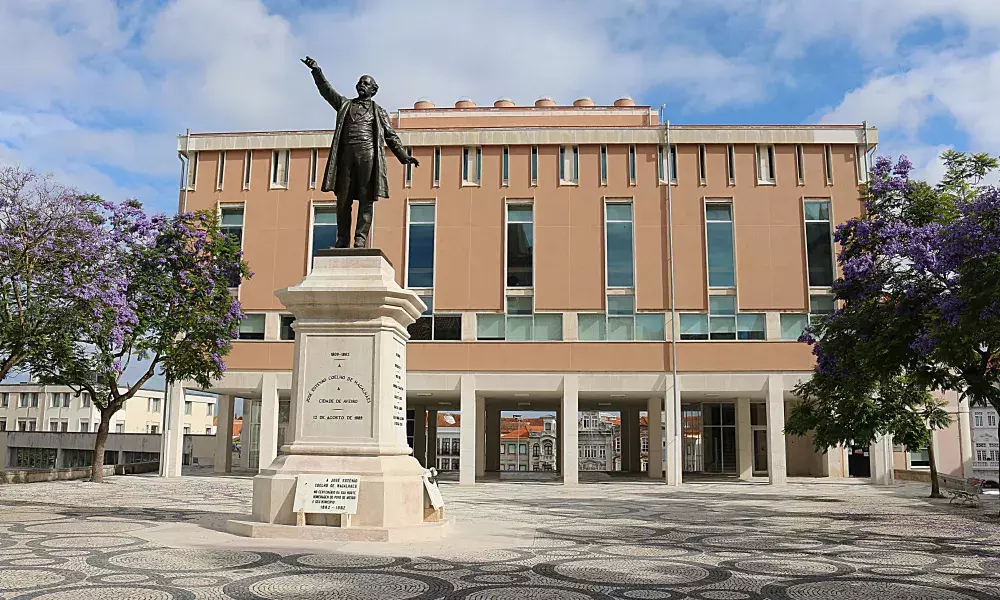
This aspect distinguishes the UIA initiative program compared to other programs financed with European funds. It is a very challenging component, because all civil servants and city managers know how technical the subject of works contracts is. It is also a fairly rare opportunity: the (now closed) Horizon2020 program, the most important one for financing innovation, only allowed the financing of "demonstrators", without however allowing, in terms of budget, a very "hard" impact for urban regeneration. The Municipality of Aveiro, within its cultural heritage, owns and manages the historic Fernando Tàvora building.
Among the different investments made possible thanks to Aveiro Steam City (ASC) project in terms of technological equipment, this building was fully renovated by the city of Aveiro thanks to a smart combination of European funds, coming from the UIA initiative and from ERDF structural funds.
The intention of the Municipality was to rehabilitate the building, designed by Architect Fernando Távora in 1964, reinterpreting and redesigning the original project, adapting it to new functions and recovering one of the original functions – Municipal public Library. The state of the facilities was in terms of advanced degradation, with the building having undergone several changes over time. Associated with the installation of a modern Municipal Library, new functions were planned, such as an information center and provision of services to the community, as well as the creation of a space to promote Aveiro, its economic activity and to support investors.
HISTORY OF THE BUILDING
Fernando Távora (Porto, 25 August 1923 - Matosinhos, 3 September 2005), was a Portuguese architect and academic, exponent of the Porto School. Távora's work was exhibited around the world, including the Smithsonian Institution (Washington) and the Venice Biennial. The Fernando Távora Architecture prize (Portuguese: Prémio Fernando Távora de Arquitetura) of the Portuguese Architects Association was named after him.
Edifício Fernando Távora is one of the most emblematic buildings in the city of Aveiro, for its location in the heart of the city and for its unique view over the Urban Canals. A special natural lighting control stands out on the façades and openings, and the staircase, overlooking the Central Canal, is the stage for numerous cultural events and actions.
In its design, Távora employed traditional materials (stone, timber, tile) and reused vernacular construction techniques (bearing walls, wooden beams and pitched roofs) within a modern approach. During his professional and artistic path, Távora was present at some of the main international architectural meetings, where he had the opportunity to get to know the key names of the worldwide architectural community. Besides, in 1960 Távora made a three-month journey to the United States and participated in the World Design Conference in Japan.
These international contacts and experiences were important to the rethinking of concepts that led to the different languages that are possible to find in the buildings he designed after 1960, such as the Municipal building in Aveiro, also used as a public library, so called Edifício Fernando Távora.
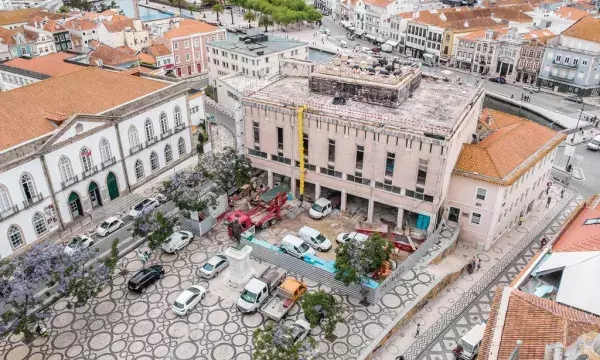
THE INTERVENTION
This building was fully refurbished and today it represents an iconic place for the city but also a cultural and innovation pole and a real contemporary urban center. The total investment was 2.032.836,46 €, and the EU funding represented almost 85% of the total amount.
The UIA funding in particular was valued for the renovation of the second floor of the building and for the procurement of all the technological equipment necessary to transform the space in an innovative tech hub.
The building currently contains a coworking space, where it is possible to work simply by booking a desk few hours before the use. The basement hosts an Archive. On the first floor there is a library with a study and research area, as well as a play area for small children and an entertainment area for video gamers. Finally, the second floor is explicitly dedicated to data lab, media center and a conference center.
The main attraction is represented by a huge multimedia screen, which is fully interactive. Thanks to the touch screen technology it is possible to "navigate" within a vast panorama of contents, ranging from the demographic data of the city, to the distinctive factors, to positive actions (for example in the education sector). It is also possible to find information on investments and infrastructures, information on tourism, on training and human capital offer, on innovative projects in the city and on urban regeneration projects.
In perspective, an integration with the digital urban platform developed by Altice lab and the institute of technology is envisaged. In this way it will be possible to navigate and acquire real time information on the smart city infrastructure that Aveiro has developed, and on many other data sets that will be showed and "uploaded" in a dynamic format.
This last integration, as well as the translation of all the contents into English, will be the cherry on the cake of this space in the city center that has come back to life, also thanks to the spur represented by the ASC project. The city then managed to scale up with respect to the proposal initially included in the application form for the UIA initiative, attracting additional resources that were functional to complete the very rich and varied offer of this place.
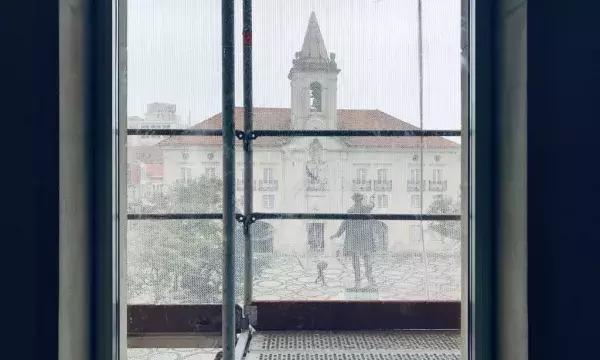
QUESTIONS TO ANDRE COSTA – PM of Aveiro Steam City
Which challenges did you have to face in order to restore, refurbish and renovate the building?
“A public procurement was launched for the restoration of the building and fortunately the project was implemented and developed in due time. Then we run a second procurement – in the format of a contest idea – in order to set up and furnish the second floor of the building. The space was presented to companies in our first phase of the procurement process as an empty box and we were expecting and wishing to be surprised by the creative community. Even if we were surprised to have received just one proposal, its content was aligned with our overall objective and vision. The equipment, in terms of design, technology and volumes proposed were fully satisfactory from our point of view and for the technical commission that evaluated the proposal, so in 6 months we closed the negotiation and the procurement scheme. The second floor was inaugurated during the first day of the Aveiro Tech Week (October 2021), while the whole building had been inaugurated in July 2020”
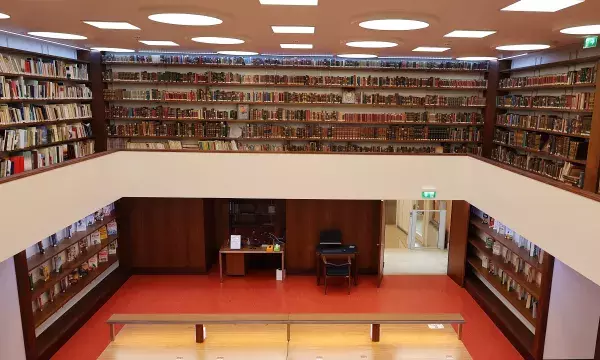
How did you come to define the functions hosted in Atlas building?
“The architect that was chosen in order to design the new project for the Távora building is the son of Fernando Távora, José Bernardo Távora; we strongly wanted to preserve the original function of the building, through a conservative restoration, but we also wanted to face the challenge to add new functions that could transform the building into a hybrid space (coworking spaces dedicated to entrepreneurs, the Tech hub, etc.), so called “Atlas Building”.
Over the last 3 years we have been designing and implementing the ASC programs and activities, but now it’s time to give evidence, publicity and awareness of all these efforts, so the Hub, placed at the second floor of the Atlas building, covers a function of communication and dissemination for a number of initiatives too.
In addition, there was this ambition to have within the Hub a sort of “investment center”, with a territorial marketing point of view; we wanted to offer to our economic development partners a place that could be an institutional one, a flagship area in the heart of the city dedicated also to entrepreneurs for allowing them to meet clients, customers, investors, in an iconic and representative place. Companies now can rent equipment and conference rooms here in the Hub, in order to have the best place to advertise their businesses.”
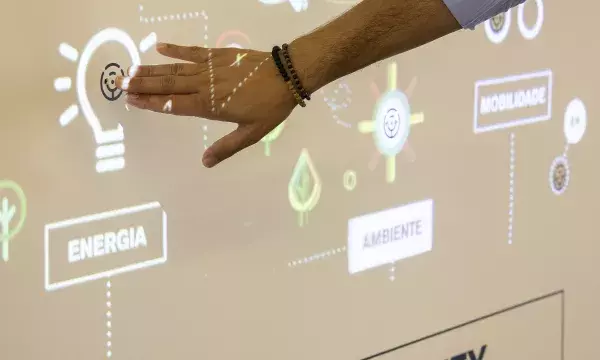
FINAL REMARKS
Complex reconstructions of the existing city space are a viable mechanism contributing to the urban development and to urban planning regeneration.
Formation of hybrid spaces in urban fabric of modern cities is relevant and has significant socio-economic importance. It is fully recognized in literature that these multifunctional architectural and landscape entities, designed by applying the landscape urbanism approach and having the spatial connectivity with adjacent areas, are development drivers to spatial, social and public changes.
In the case of Aveiro, it was interesting to note how the functions associated with the use of the building are all aimed at different target users, while being coherent in terms of vision: technological development, culture of innovation, education. These are all drivers of economic development and are also the key themes with which the city is characterizing its vocation in terms of territorial marketing.
Therefore, the city wanted to offer a renewed place, dedicated to the provision of services for children, young people, students, researchers, innovators, smart workers, under the leitmotiv of “development”, in all its possible declination.
The smartness of this complex operation also lays in the wit combination of different sources of funding, confirming once again how this city is capable in both vision and management, and responds to current challenges and public policy trends with a contemporary approach.
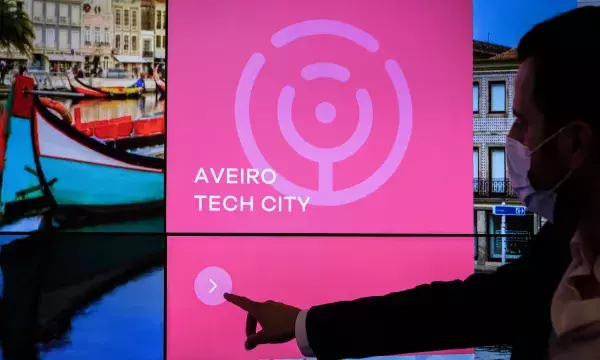
About this resource
The Urban Innovative Actions (UIA) is a European Union initiative that provided funding to urban areas across Europe to test new and unproven solutions to urban challenges. The initiative had a total ERDF budget of €372 million for 2014-2020.
Similar content




